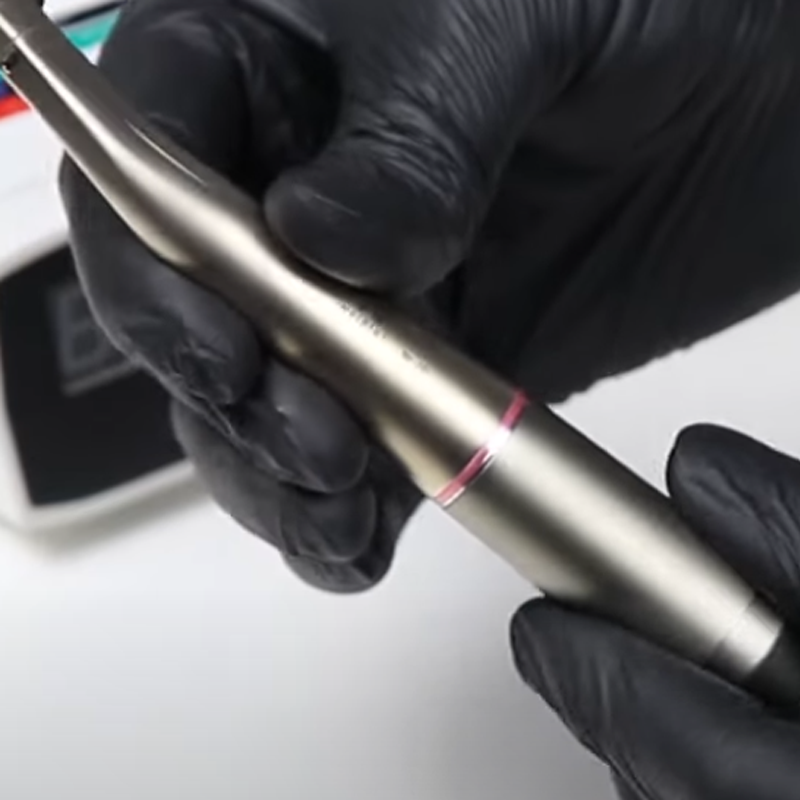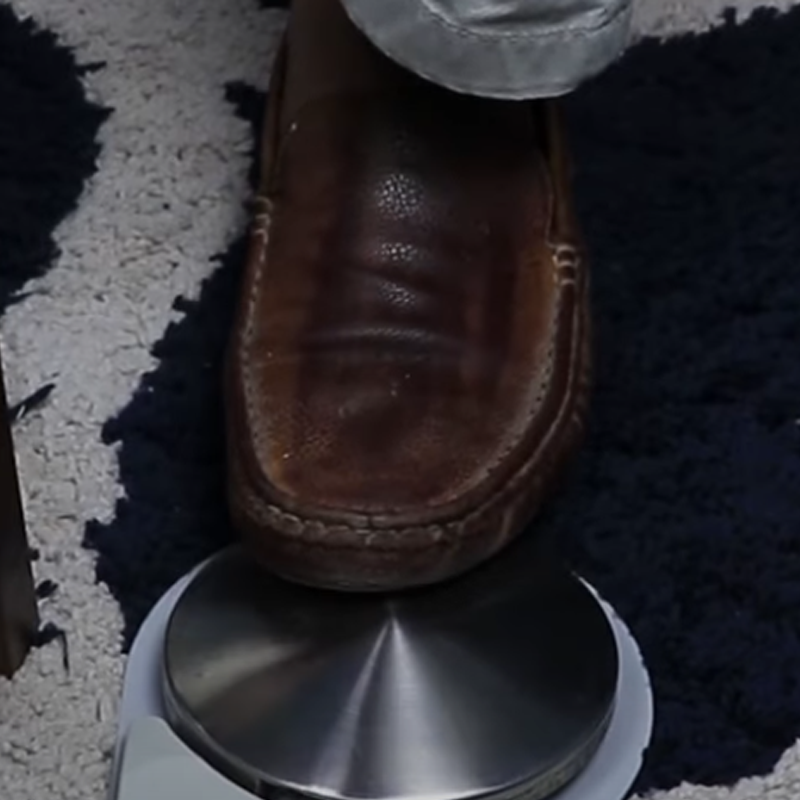Introduction
Root canal treatment is a critical procedure in endodontics, aimed at saving teeth that are severely decayed or infected. The advent of dental endo motors has transformed this process, making it more efficient and precise. This article explores what dental endo motors are, how they function, their benefits, and considerations for dental professionals seeking to enhance their practice.
What is a Dental Endo Motor?
A dental endo motor is a specialized instrument designed to assist dentists during root canal procedures. It consists of several components, including a motor, a handpiece, and often a battery for cordless models. Endo motors come in various types, including wired and cordless options, each catering to different preferences and practice needs.
How Do Dental Endo Motors Work?
Endo motors operate by rotating endodontic files at controlled speeds and torque. The motor's design allows for precise movements, enabling practitioners to navigate the intricate anatomy of the root canal system effectively. Many modern endo motors are equipped with programmable settings, allowing dentists to tailor the operation to the specific requirements of each case, further enhancing precision and control.

Benefits of Using Endo Motors
Using dental endo motors offers several advantages:
Improved Efficiency: Endo motors significantly reduce the time required to complete root canal treatments compared to traditional hand instrumentation.

Enhanced Precision: The controlled rotation minimizes the risk of file separation and ensures thorough cleaning and shaping of the canal.

Increased Patient Comfort: As procedures become quicker and more efficient, patient discomfort and anxiety are often reduced.

Better Outcomes: The enhanced precision leads to improved treatment success rates, making endo motors a valuable tool in modern dental practice.
Key Features to Consider When Choosing an Endo Motor
When selecting an endo motor, dental professionals should consider several key features:
Torque Control and Adjustable Speed Settings: These allow for customization based on the specific needs of the case, improving safety and efficiency.

Battery Life and Charging Options: For cordless models, battery longevity and quick charging capabilities are crucial for uninterrupted workflow.

Ergonomics of the Handpiece: A comfortable handpiece design reduces fatigue during procedures and enhances control.

Compatibility with Various Endodontic Files: Ensures versatility in treatment options.

Additional Features: Some endo motors come with integrated apex locators and LED lights, further enhancing their functionality
Conclusion
Dental endo motors are revolutionizing root canal treatments, providing dentists with tools that enhance efficiency, precision, and patient comfort. As technology continues to evolve, embracing these advancements is crucial for dental professionals aiming to improve their practice. Investing in an endo motor not only benefits the dentist but also leads to better outcomes for patients, reinforcing the importance of staying current with technological trends in dentistry.





